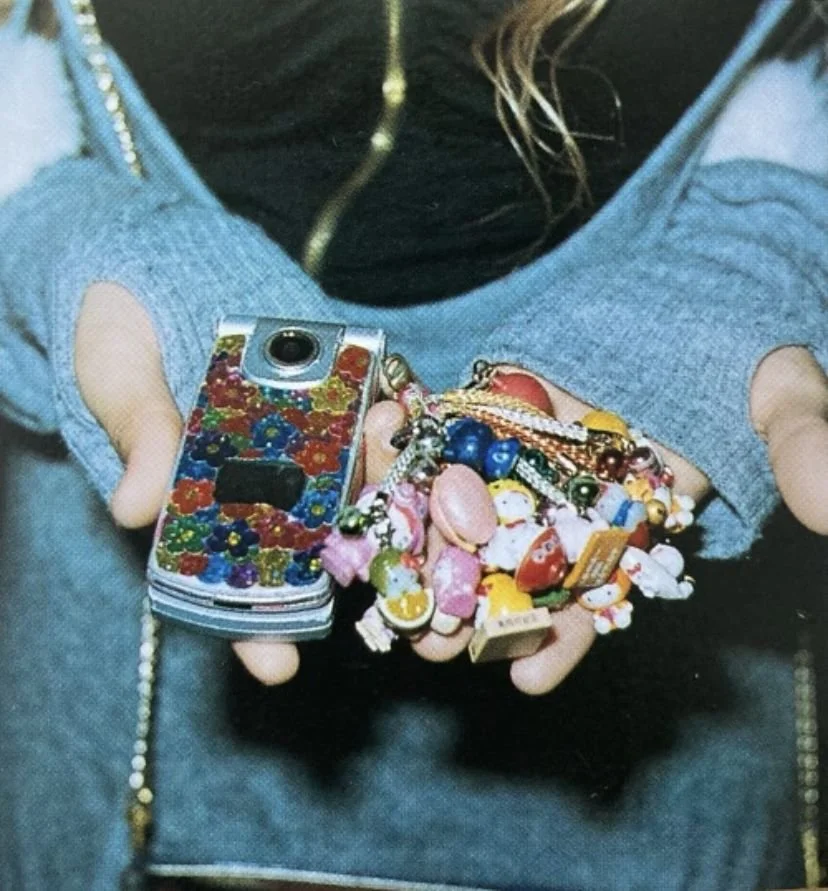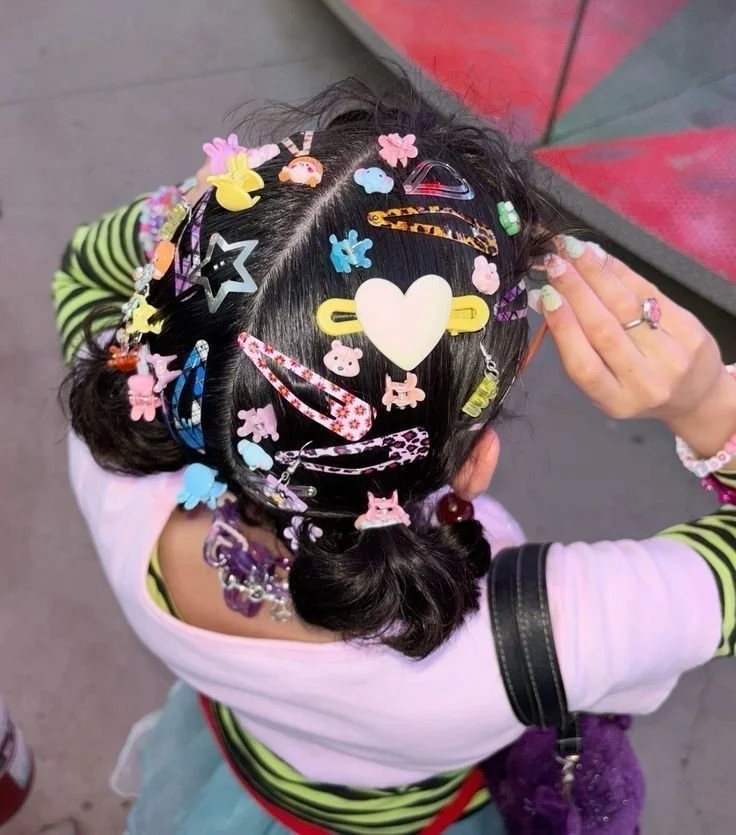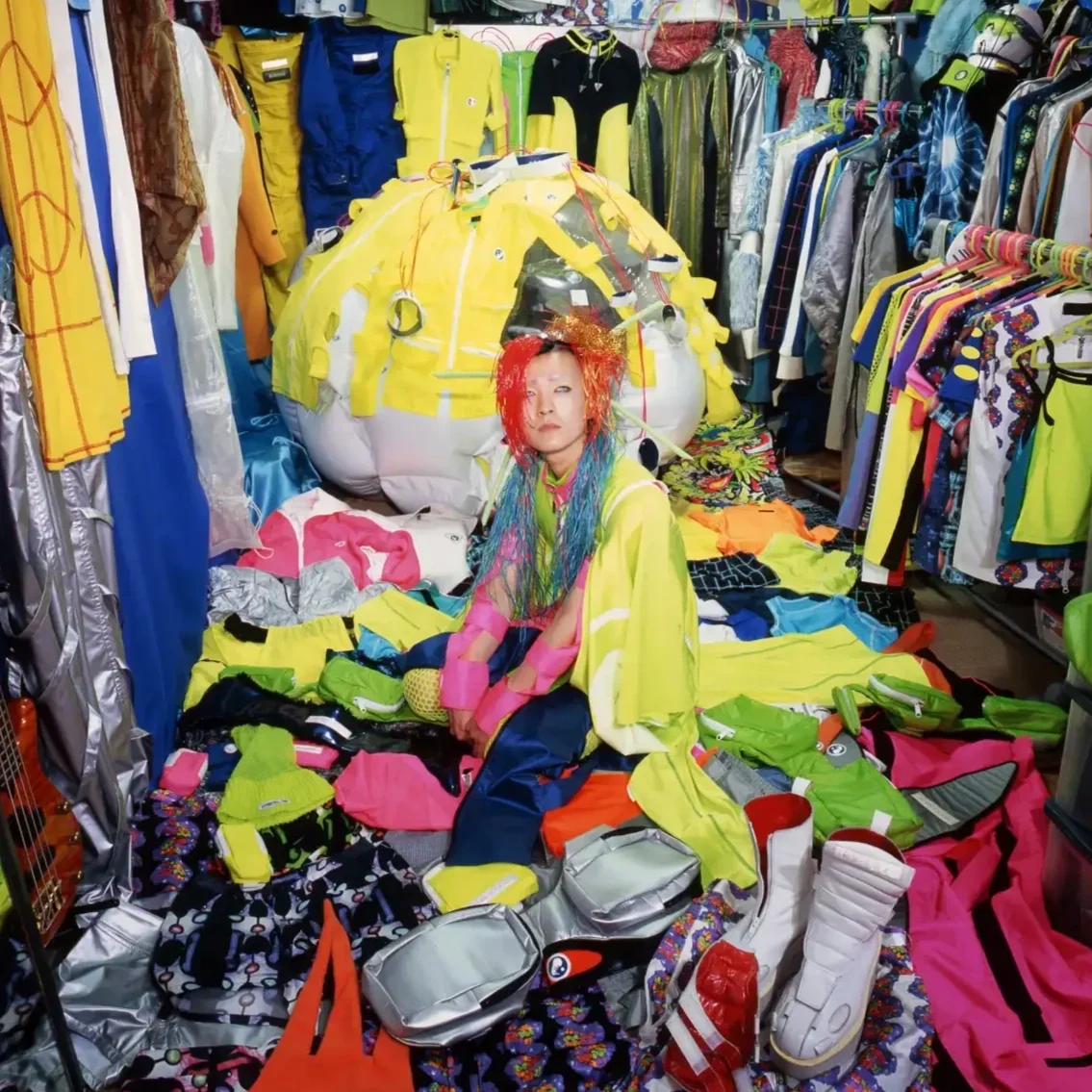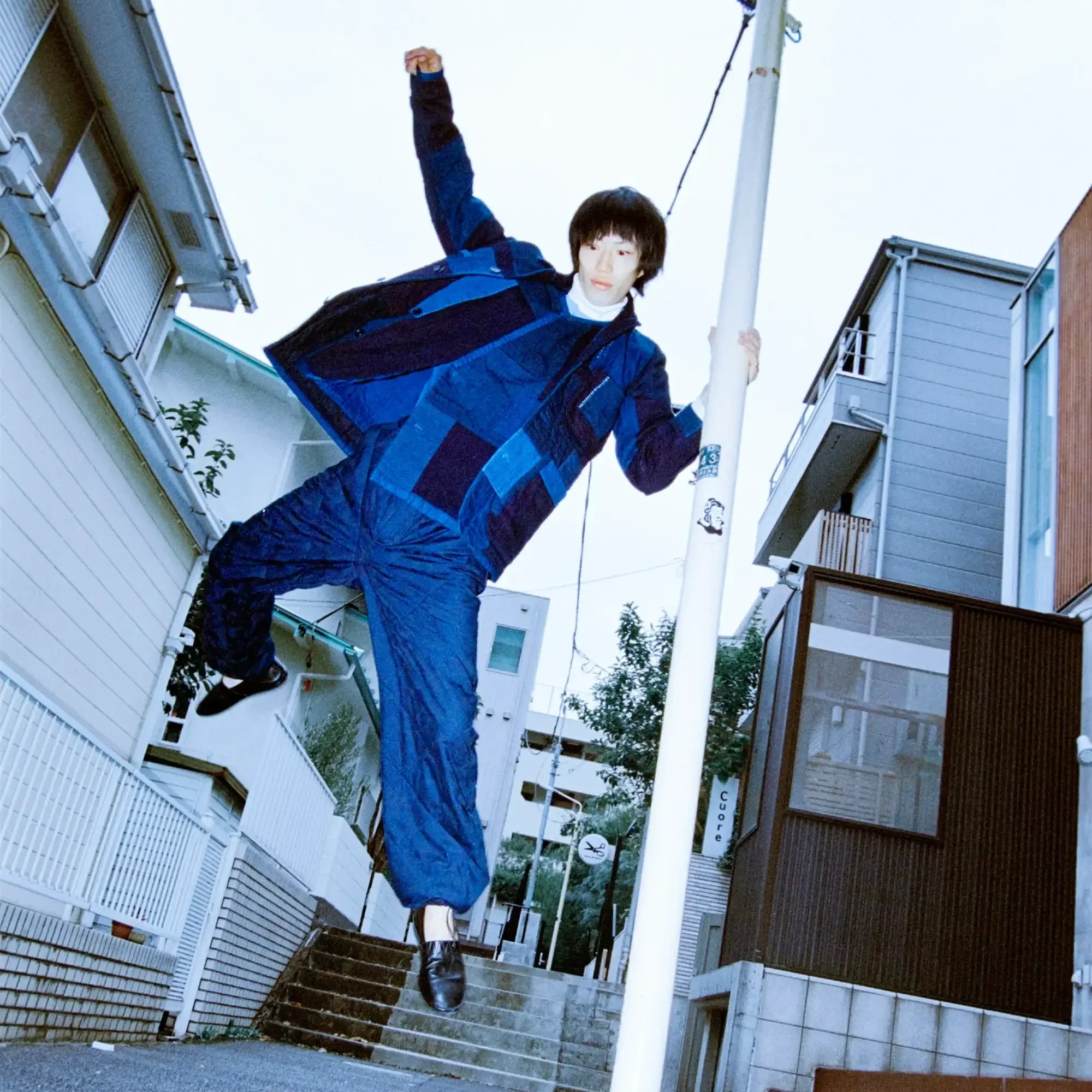Japan’s Charm Obsession - The Pocket-Sized Revolution
Before Labubu became the forest-dwelling mischief idol of Gen Z collectors, before pants charms dangled from belt loops, and long before Pokémon swung from the flip phones of middle schoolers, there was a single knot: the omamori. Sold at temples, tied to bags, meant to guard your health, your love life, your exam results. And like everything sacred in Japan, they were also incredibly well-designed.
Fast-forward to the 2000s and the flip phone (or garakei) becomes the battlefield. Phones became part of the youth’s personality. Clamshells in candy colors, sometimes with rhinestones glued on one by one, and always with something dangling: a Sanrio character, a fake macaron, a whole miniature sushi tray. Some would hang so many charms their phones couldn’t lie flat. You could hear someone walking from a hallway away.
Then came the evolution. Phone charms became bag charms, bag charms became jeans charms. From preppy keychains to gothic crosses, it became an arms race of aesthetic signaling. The fringe corners of Harajuku fashion (gyaru, decora, visual kei, …) all picked up the language and twisted it in their own dialects. Charms became tribal markings. Punk? Try a razor blade. Streetwear? Maybe a Nike Air Max charm hanging from a zipper. Lolita? Porcelain doll head. The more absurd, the better.
But here’s the twist: Japan never really let go. Even now, in 2025, the charm economy thrives, dominated at the moment by the mighty Labubu. Equal parts gremlin and forest spirit, this vinyl creature from Hong Kong-based toy label POP MART took over capsule machines and Instagram feeds in Japan.
That’s the genius of the Charms Era. It isn’t an “era” at all. It’s a living organism. The medium changes but the instinct stays the same: Announce yourself through the absurdity hanging off your hip.
Western fashion likes to talk about “quiet luxury.” Japan mastered “loud intimacy.” So next time you see a pants loop jingling with a deranged little rabbit-monster, don’t laugh. Because that little collection of charms stands as a manifesto.








An emotional blueprint evolved into wearable architecture.